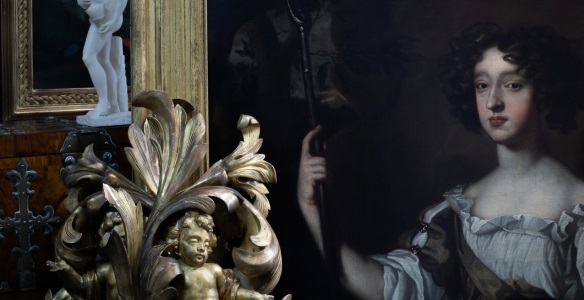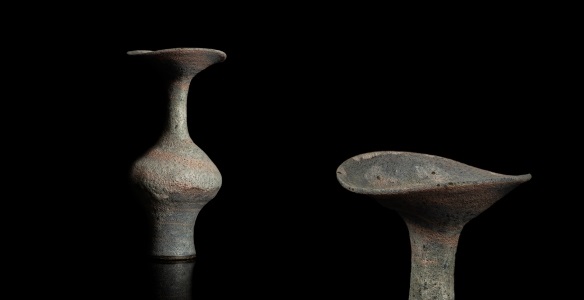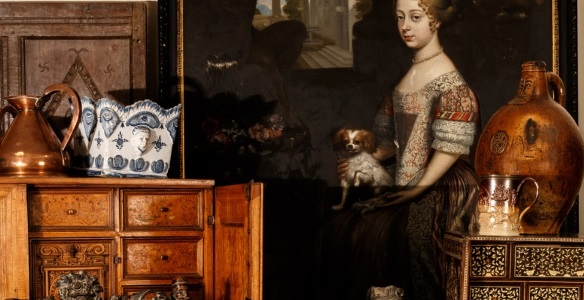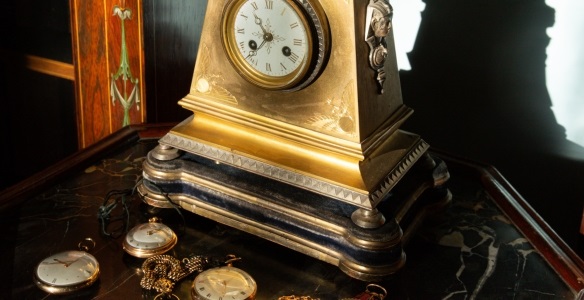

The Ombersley Court library, which has been largely untouched since the early 19th century, contains some of the greatest works and authors of the previous two centuries. “Rarely does such a comprehensive library come for auction: one of such historical significance and one that has remained private and unseen outside a limited circle.” The library spans centuries and subjects subjects reflecting the interests and occupations of various generations of the Sandys family.
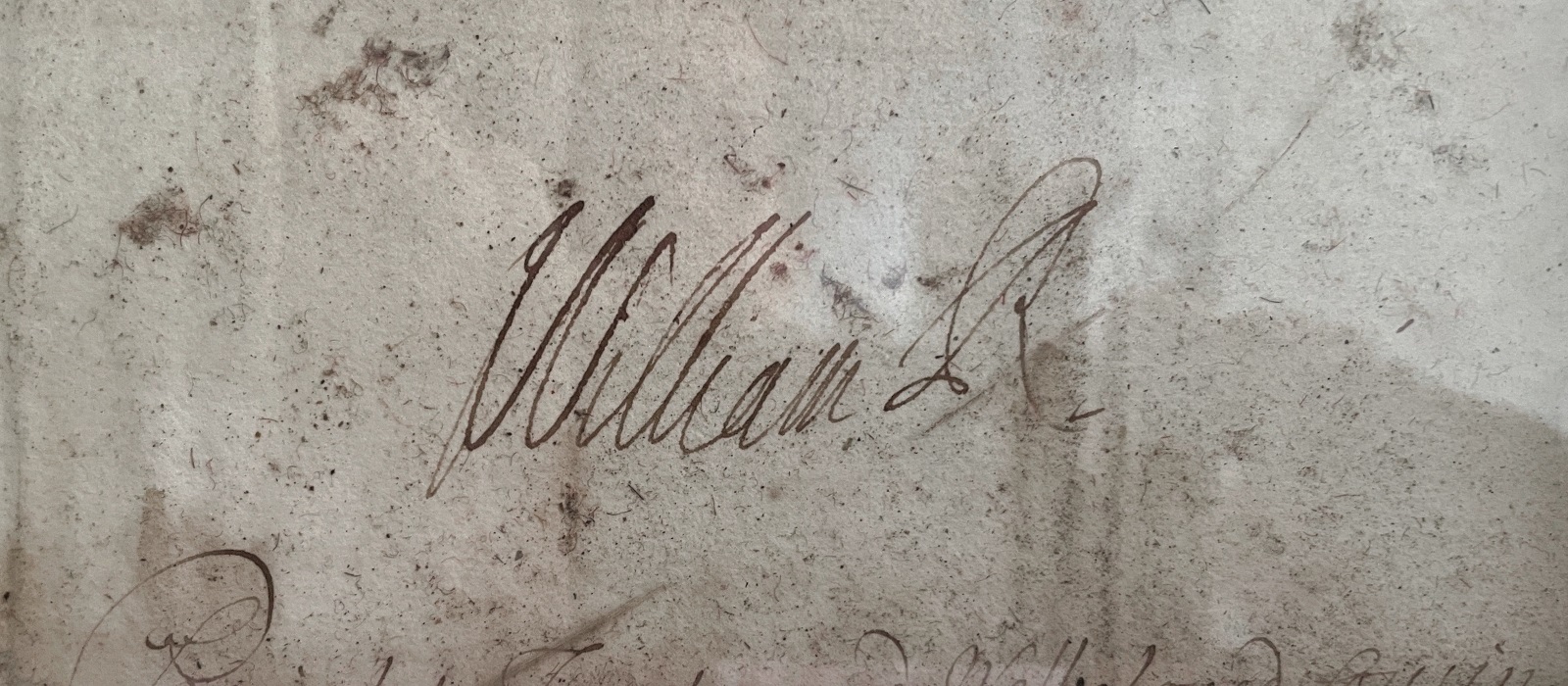
A signed Autograph letter by King William III of England (1689-1702) to Henry Viscount Sydney (1641-1704) with the King’s instructions to form a regiment in Ireland
Estimate £700 - £1,000
Chorley’s auctioneers have been appointed to sell the library of one of the most important historical country houses in England - Ombersley Court in Worcestershire. The family seat of the Sandys for 400 years, the collection of rare and never-before-seen books, manuscripts and letters will be offered for auction on September 17, 2024.
The Ombersley Court library, which has been largely untouched since the early 19th century, contains some of the greatest works and authors of the previous two centuries. Chorley’s Director Werner Freundel said: “Rarely does such a comprehensive library come for auction, especially one of such historical significance and one that has remained private and unseen outside a limited circle.” The library spans subjects such as Classical Literature, Medicine, Travel, Religion, History, Poetry, Mathematics, Law and Commerce and reflects the interests, and occupations of various generations of the Sandys family, as well as their connections to various literary circles over the years.
Edwin, 2nd Baron Sandys (1726-1797) was a noted classical scholar, having studied at Oxford, which explains the broad number of Greek and Latin volumes in the collection. Edwin travelled in literary circles and was close to Henry (1724/1730-1781) and Hester Thrale (1741/1740-1821), who were both esteemed members of literary society during the 18th century and close friends of the great English writer, Samuel Johnson (1709-1784). Edwin famously hosted Dr Johnson at Ombersley Court in 1774, where Johnson is quoted as saying: “We came to Lord Sandys at Ombersley, where we were treated with great civility. The house is large. The hall is a very noble room.”
Amongst the treasured volumes, tucked into plain manilla envelopes were keepsakes but essentially ephemeral publications. Amongst three volumes of 18th century ephemera Chorley’s discovered a very rare early printing of the Provisional Articles of the Treaty of Paris. Signed in type at the end by British Commissioner Richard Oswald and American commissioners John Adams, Benjamin Franklin, John Jay, and Henry Laurens. This provisional agreement is the first document in which Britain recognized the United States as a sovereign nation. The Definitive Treaty of Peace, incorporating the nine articles printed here, was later signed at Paris on 3 September 1783. The unassuming volume carries an estimate of £10,000-£15,000
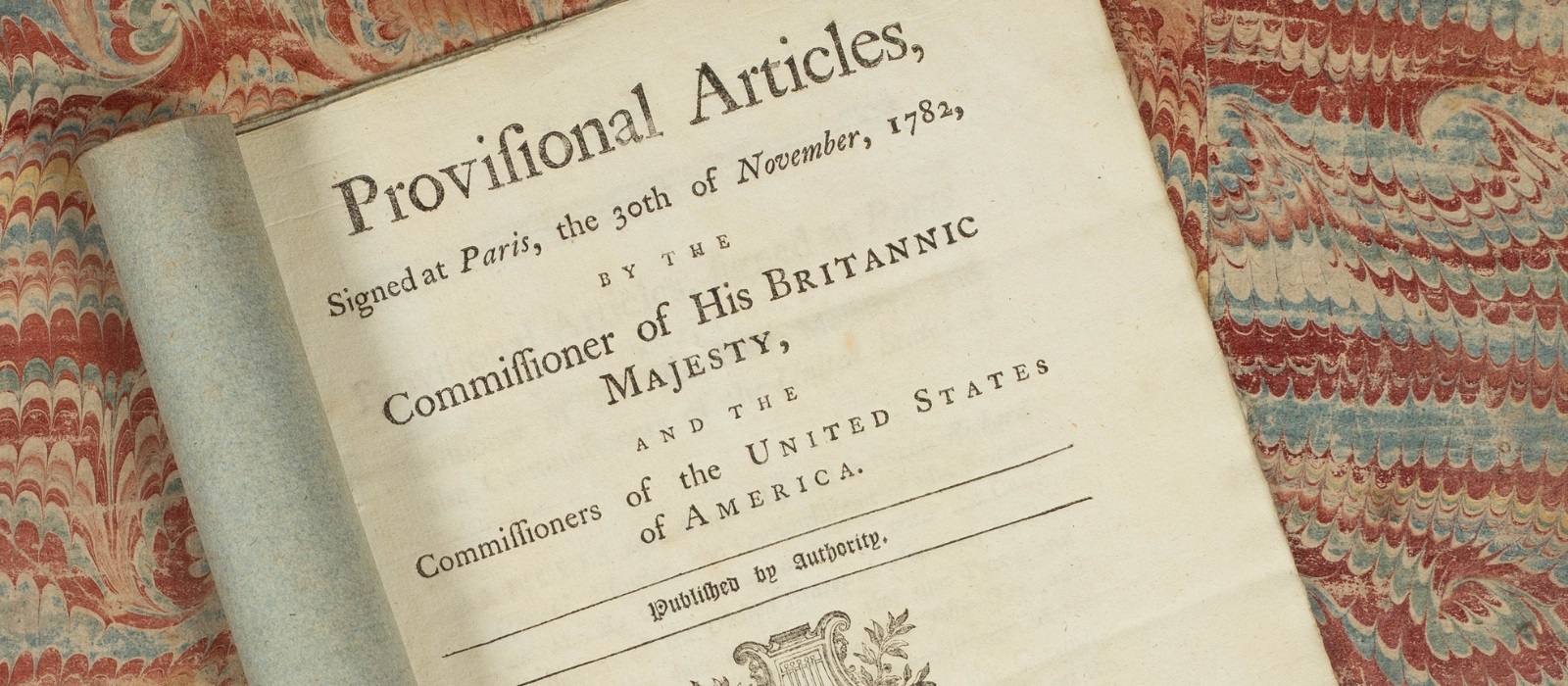
A particularly good copy of a very rare early printing of the Provisional Articles of the Treaty of Paris
Estimate £10,000 - £15,000
A signed Autograph letter by King William III of England (1689-1702) to English army officer, peer and politician Henry Viscount Sydney (1641-1704), details the King’s instructions to form a regiment in Ireland (8th King’s Royal Irish Hussars). On this instruction in 1690 Sydney accompanied William to take personal charge of the war in Ireland and fought at the Battle of the Boyne, as well as the sieges of Waterford and Limerick. When he was recalled to London in December 1690, he was appointed Secretary of State for the Northern Department, before returning to Ireland as Lord Lieutenant in March 1692. Although his tenure was marked by conflict with the Irish Parliament and lasted less than a year, he retained the King’s confidence and in 1693, he was made Master-General of the Ordnance, then promoted Lieutenant-General and created Earl of Romney in 1694. The letter is signed ‘William R’ to the top and is also signed by William I Blathwayt (c. 1649-1717), a diplomat and politician under the later Stuarts and William of Orange. The letter carries an estimate of £700-£1,000.
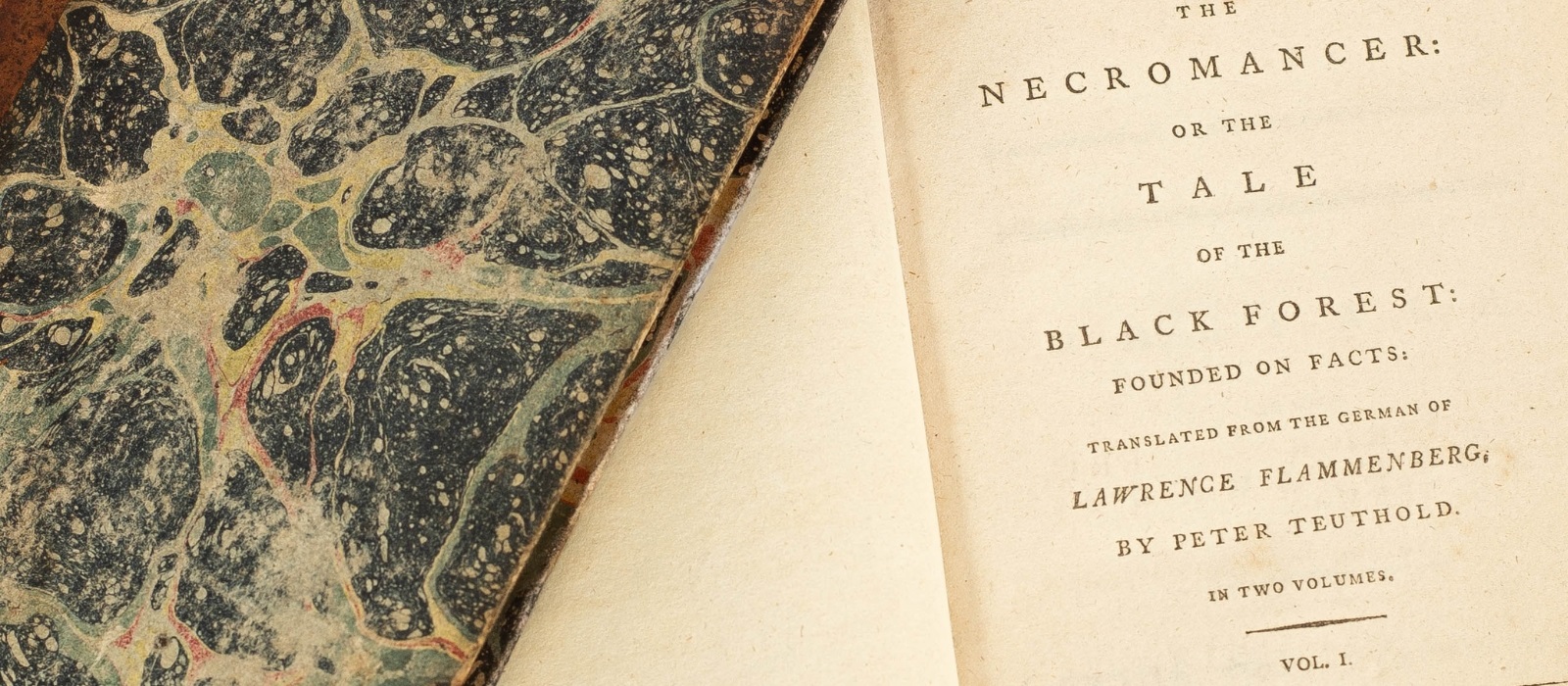
A First English edition of a work titled The Necromancer, or The Tale of the Black Forest by the German author of gothic fiction, Karl Friedrich Kahlert (1765-1813).
Estimate £2,000 - £3,000
Among the highlights is the First English edition of a work titled The Necromancer, or The Tale of the Black Forest by the German author of gothic fiction, Karl Friedrich Kahlert (1765-1813), whose pen name, or alias was Lawrence Flammenberg. The book features the escapades of Hermann, Helfried and the mysterious wizard Volkert, the Necromancer, who has apparently come back from the dead. A sequence of killings, hauntings and violence erupts against the backdrop of the Black Forest. The work was translated from German by Peter Teuthold, London for William Lane at the Minerva-Press in 1794. The two volumes have gilt spines detailed with the crown and monogram of Mary Hill, Marchioness of Downshire (1764-1836), and Baroness Sandys (of the 2nd Creation). It carries an estimate of £2,000-£3,000.
The sale also includes a rare edition of the ‘Vinegar’ bible, whose name comes from the misspelling of ‘the parable of the vineyard’ in Luke 20:9 as ‘the parable of the vinegar.’ Although the ‘Vinegar Bible’ was admired for its decorative cover, the copious misprints not only damaged the reputation of Royal printer John Baskett (1664-1742), but also earned the bible the nickname ‘A baskett-ful of errors’. Dating from 1717, it carries an estimate of £800-£1,200.
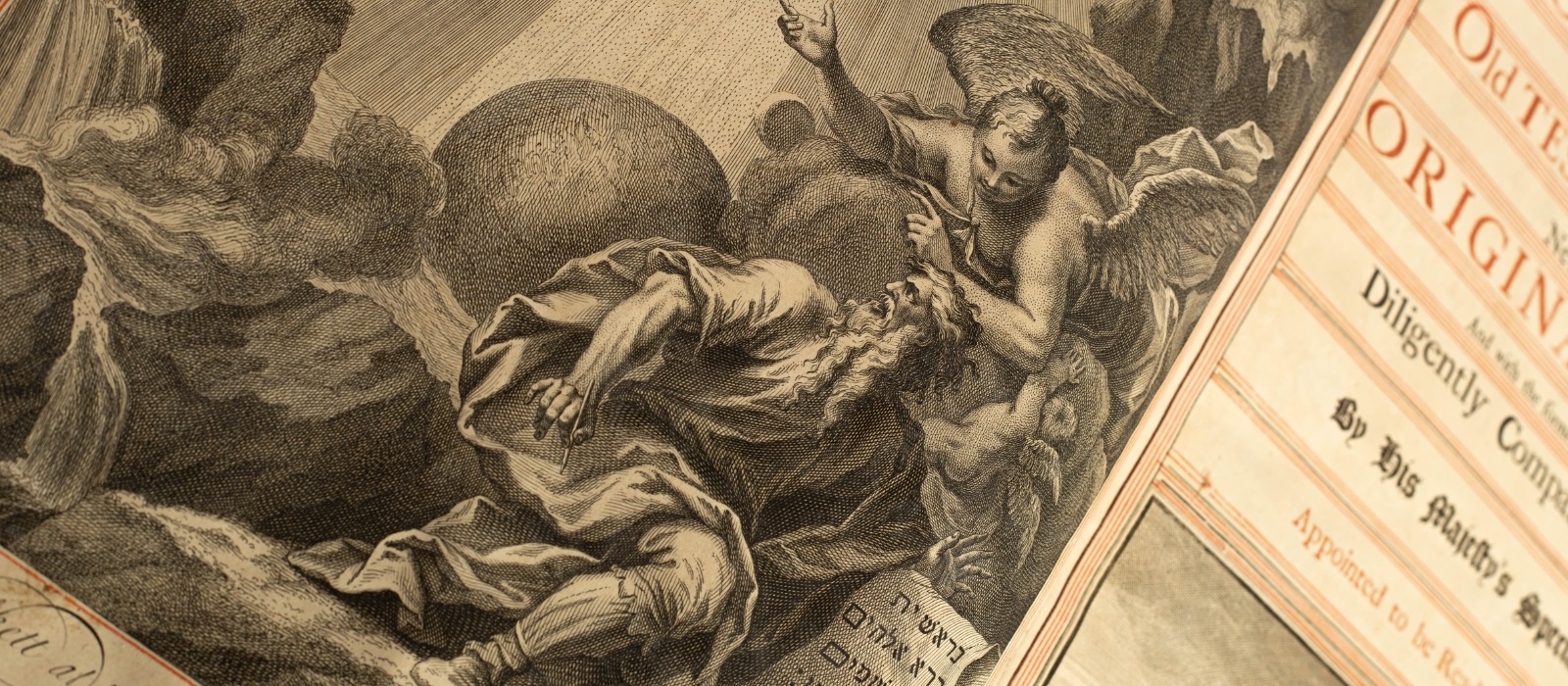
The infamous ‘Vinegar’ bible
Estimate £800 - £1,200
Another highlight is the first book written on gemstones in English in 1652. Titled A lapidary, or The History of Precious Stone: with cautions for undeceiving of all those that deal with precious stones by Thomas Nichols (who was a professor at Cambridge University and active in the 17th century), gives definitions of precious stones and looks at the history of ancient stones – their colour, transparency and history. He also explains how to polish, cut and engrave gemstones, touching on their supernatural properties. He goes on to explain the names given in different parts of the world and devotes one chapter to each of more than 60 individual gems. The book carries an estimate of £800-£1,200.
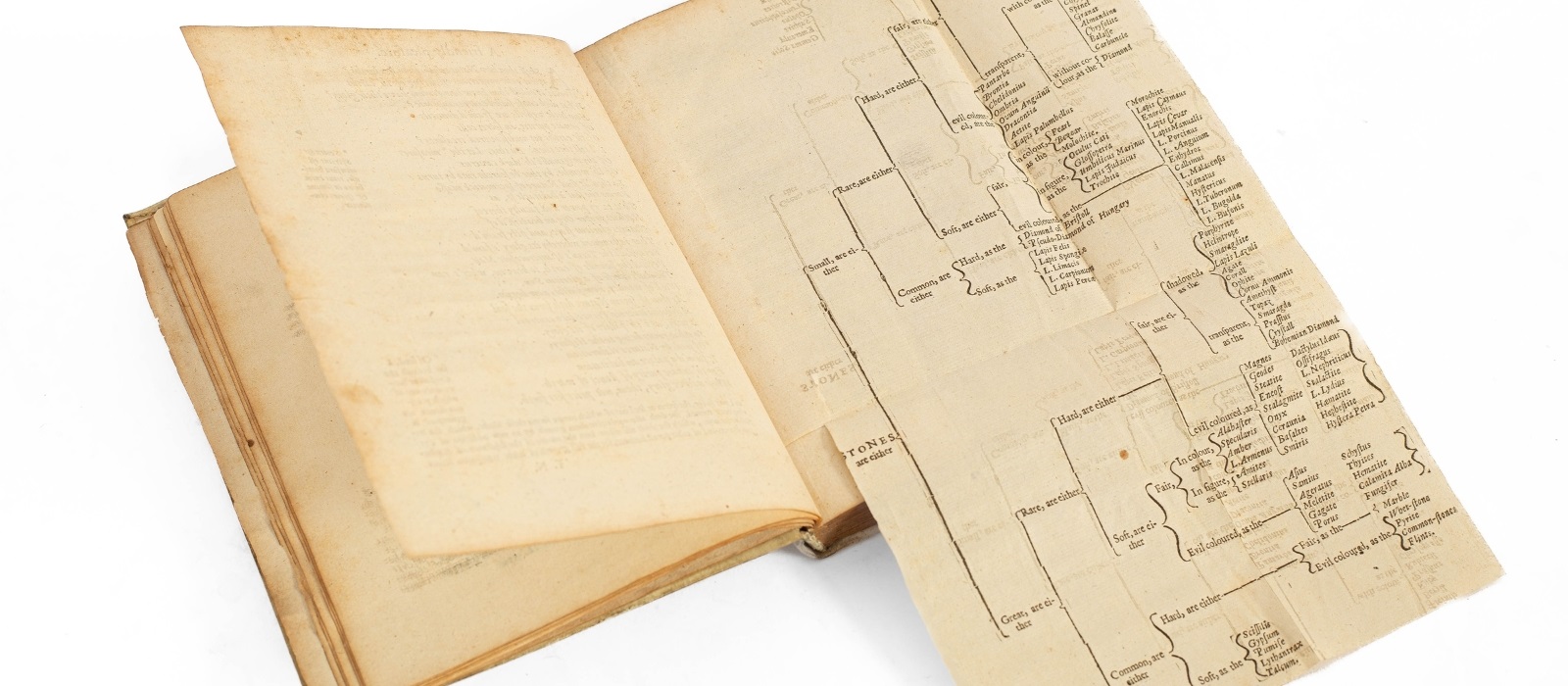
A Lapidary, or The History of Precious Stones: with cautions for undeceiving of all those that deal with precious stones by Thomas Nichols
Estimate £800 - £1,200
A series of 12 volumes in manuscript on the Generalities of France, instructing a survey of France in the name of King Louis XIV (1638-1714), is another exciting addition to the sale. The ‘généralités’ were the administrative precincts in France under the ‘Ancien Régime’ and are often believed to have been the precursor to the modern-day préfectures. These généralités formed the structure for Royal administration and centralisation, which were overseen by those appointed by the King.
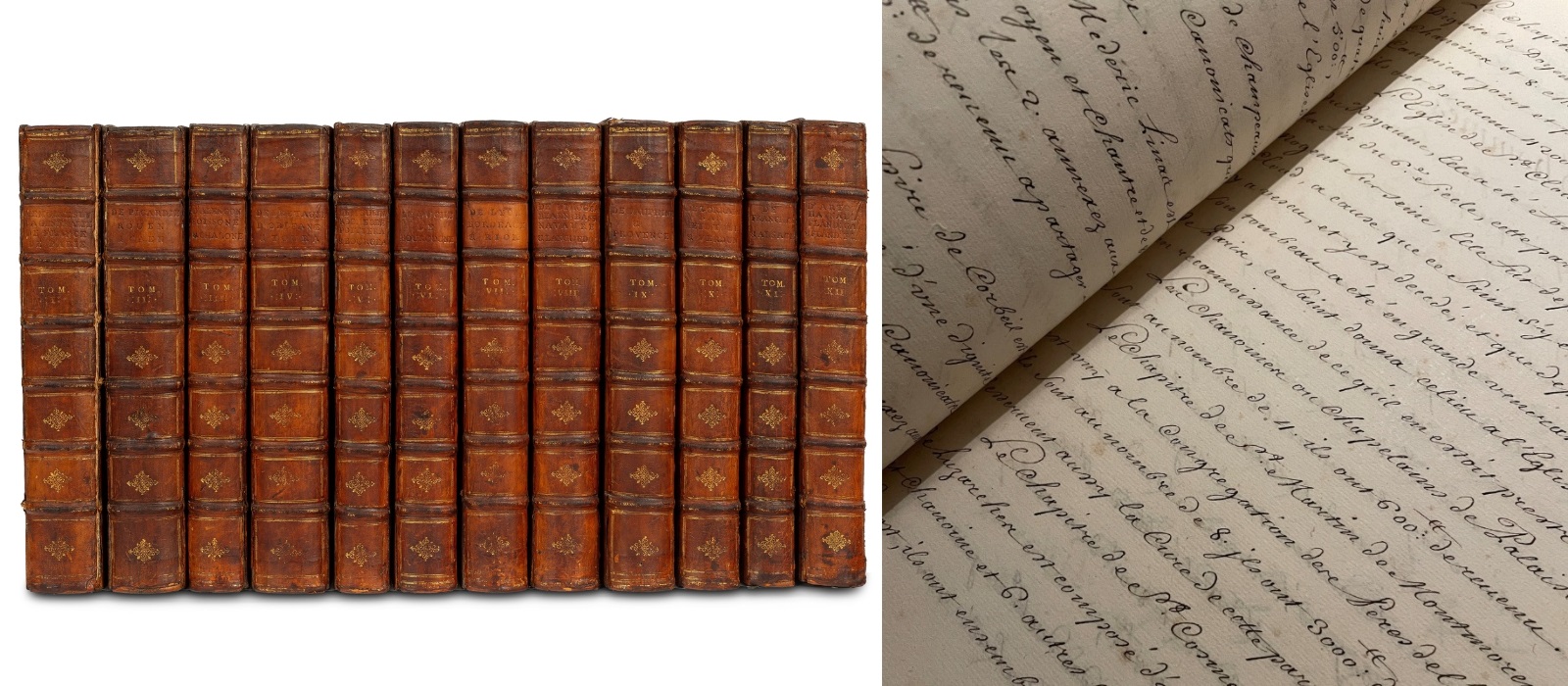
This survey of France was spearheaded by the French statesman Jean-Baptiste Colbert (1619-1683), who served as First Minister of State from 1661 until his death in 1683 under the rule of King Louis XIV. His lasting impact on the organization of the country's politics and markets were known as ‘Colbertism’, a doctrine often characterized as a variant of mercantilism, which earned him the nickname ‘Le Grand Colbert’. The resulting comprehensive survey of France on behalf of the King was issued in 1663 to the ‘masters of requests and commissioners stationed in the provinces’ and is thought of as the founding text ‘territorial planning’. The volumes carry an estimate of £1,000-£1,500.
A fascinating insight into mining can be found in a First Edition 17th century English work written by the Deputy Governor of the Royal Mines, Sir John Pettus Kt (1613-1690), great-grandfather of Samuel 1st Baron Sandys. It also includes the first dictionary in English of mining terms and considerable technical information on mining, metallurgy and coinage. Titled Fodinæ regales or The history, laws, and places of the chief mines and mineral works in England, Wales, and the English pale in Ireland, it dates from 1670 and was printed by H.L. & R.B. for Thomas Basset. It carries an estimate of £800-£1,200.
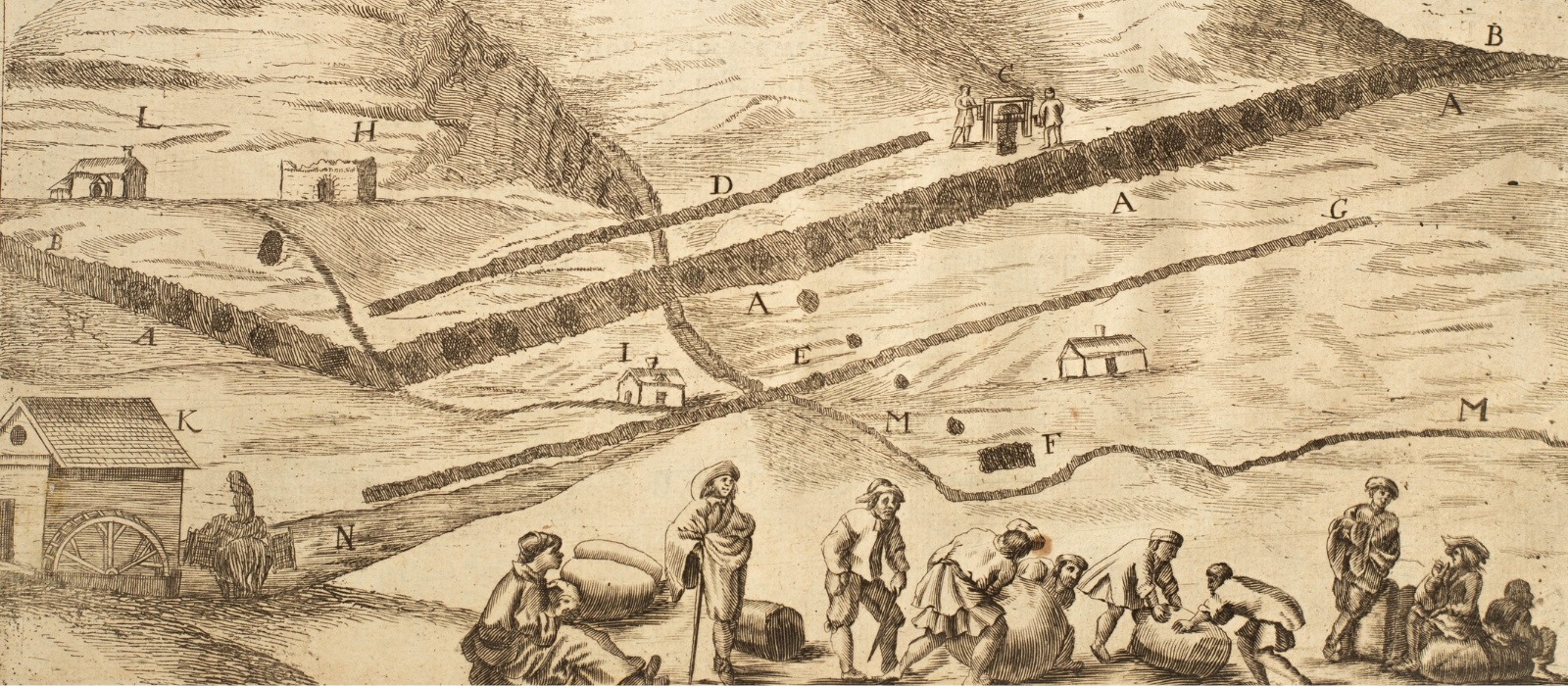
A page from a First Edition 17th century English work written by the Deputy Governor of the Royal Mines, Sir John Pettus Kt (1613-1690)
Estimate £800-£1,200
Proceeds
Proceeds of the sale will be donated to the Hartlebury Castle Preservation Trust (Charity 1127871). Hartlebury Castle is a historic Worcestershire estate first given to Bishop Aelhun in 855AD. The home of the Bishops of Worcester until 2007 it has a longstanding connection with the Sandys family throughout its history and through the office of Bishop of Worcester.
Royalist Samuel Sandys (1615-1685) was the most powerful figure in north Worcestershire and at the start of the war, he raised a regiment of horse and one of foot for the king, garrisoning at Hartlebury Castle.
Edwin Sandys was Bishop of Worcester from 1559-1570 and lived at the Castle. In the eighteenth century another Edwin Sandys, second Baron Sandys, was a friend of Bishop Johnson.
The Sandys at Ombersley Court
The Sandys family’s connection to Ombersley stretches back many centuries. The first member of the family to move to the area was Edwin Sandys, Bishop of Worcester (1519-1588), who bought a property nearby in the 1560s, establishing a bond with the area that would last for hundreds of years. The family would go on to further pre-eminence. They are most well known for their political, military and ecclesiastical activities, a precedent established by the bishop himself who had survived a spell in the Tower of London for his dissenting protestant views.
The family also made important contributions to the fields of literature and culture. Edwin, 2nd Baron Sandys was a founding trustee of the British Museum and a noted classical scholar, counting the great literary figure Samuel Johnson (1709-1784) and the Anglo-Irish political figure Edmund Burke (1729-1797) among his circle of friends. Along with Burke and Johnson, the Baron was a member of the Streatham Worthies (a collective description for the circle of literary and cultural figures who regularly met at the home of Hester and Henry Thrale), cementing the cultural importance and influence of the Sandys family. The Streatham Worthies, including Sandys himself, were commemorated in a series of portraits by the esteemed English painter Joshua Reynolds (1723-1792).
Ombersley Court was rebuilt in the early eighteenth century by the renowned architect Francis Smith of Warwick (1672-1738). A second building phase was led by Mary, Marchioness of Downshire (1764-1836), who refaced the exterior and altered large areas of the interior in the early nineteenth century. For generations, the elegantly simple exterior of the house belied its luxurious contents. On the death of the widow of the 7th Lord Sandys, Ombersley Court was sold, resulting in the dispersal of a collection that had taken generations to build.

FINE BOOKS MAGAZINE: One of England's Most Important Country Houses' Library comes to auction
ANTIQUES TRADE GAZETTE: Ombersley Court Library to be sold at Chorley's
MALVERN GAZETTE: Rare items discovered in Country House Library
